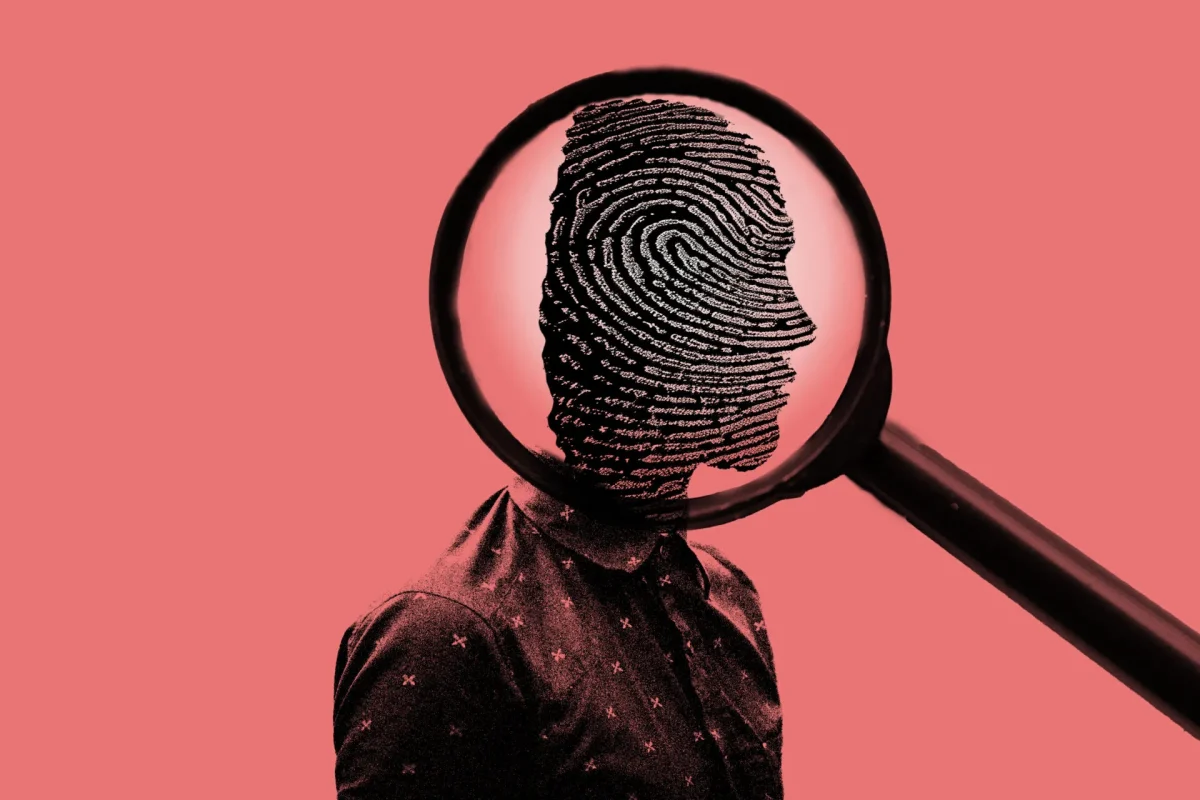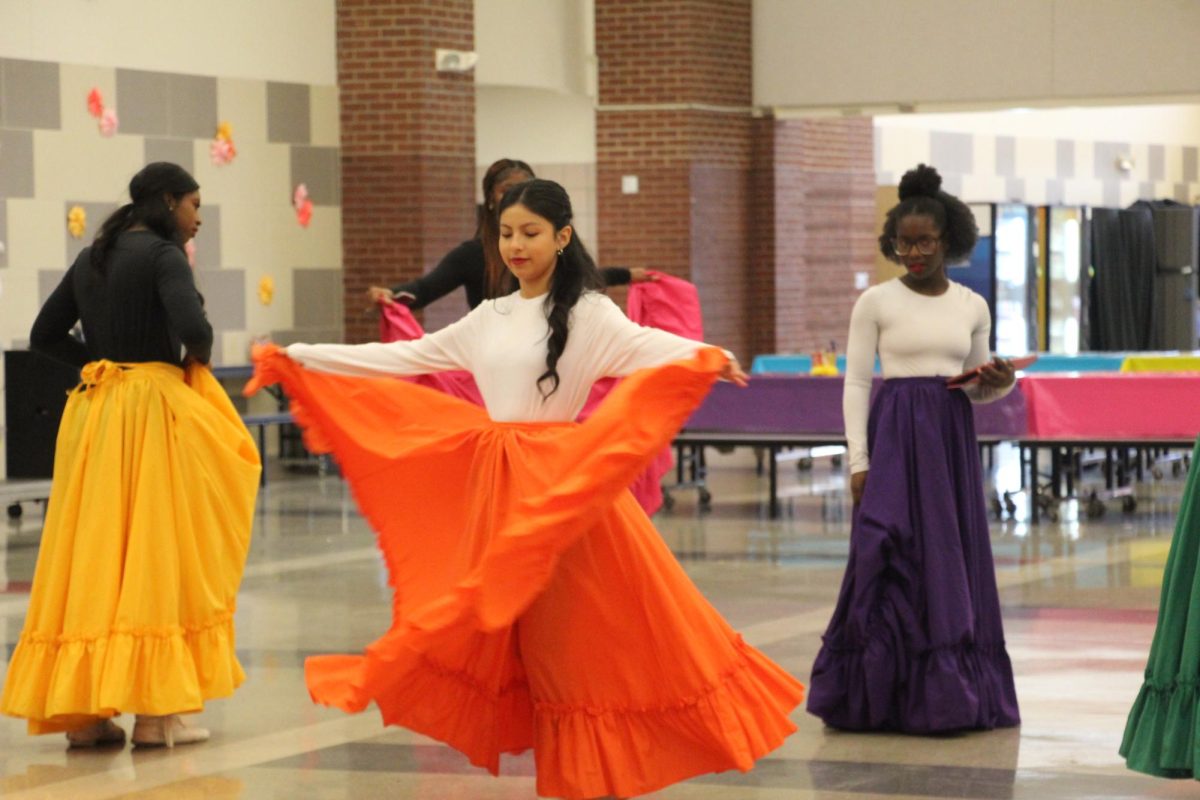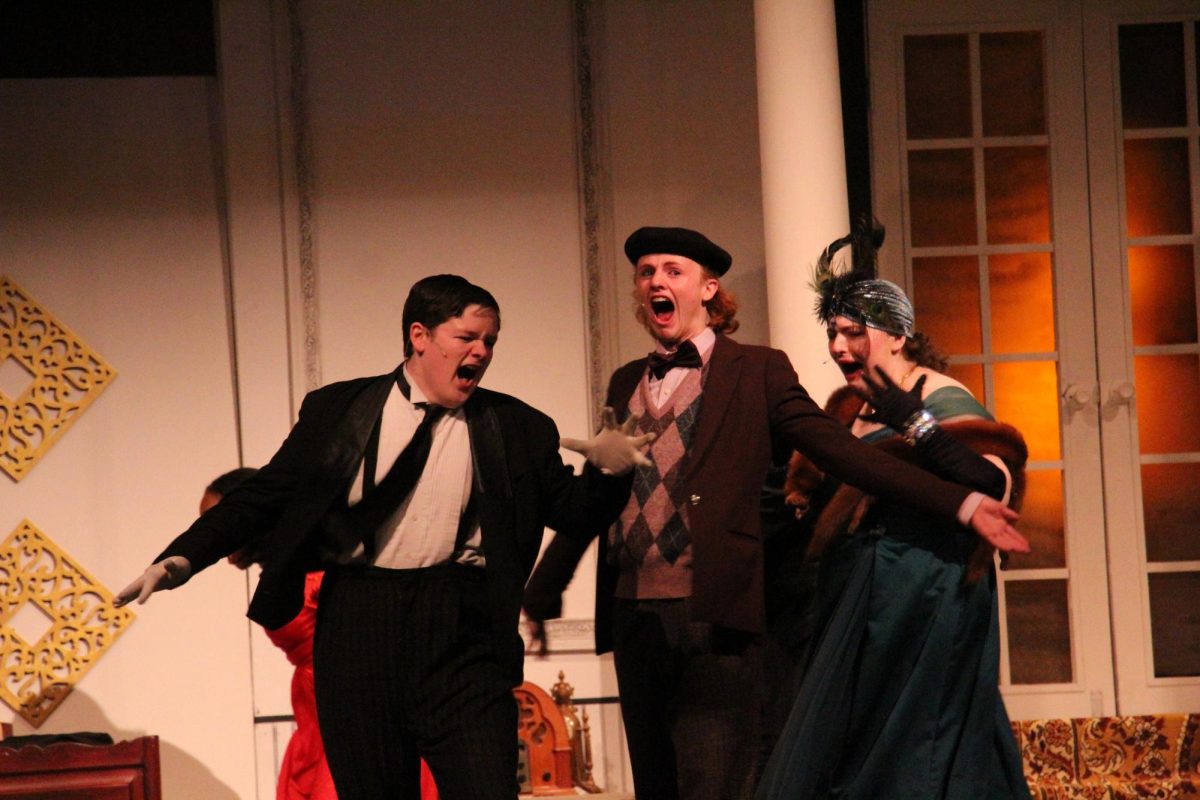Across television, films, and social media, true crime has become a hot topic for viewers. The recent interest in the genre has allowed people to explore sensational stories that test limits against humanity.
Despite the disturbing contents of violence and murder, people are intrigued by real crime due to its narrative and authenticity. Students – a rapidly growing audience for the craze – share their perspective over the genre and the role it plays in both their personal and academic lives.
“Students thrive off of authentic things,” sophomore Malacai Makalin said. “They don’t really like being falsely advertised; they like to feel something real.”
Documentaries and podcasts have increased in popularity as people around the world discover thrilling, unruly stories that seek a message for morality and justice.
“People are interested in it because it isn’t normal,” freshman Alexandra Rico said. “I think the mindset that [the criminals] have when they commit these crimes is what fascinates me the most.”
Ranking third on podcast genres with the largest weekly audience, true crime allows people to examine a case – whether recent or resurfaced – from multiple angles in real time as it evolves.
“I first got interested because of the Dahmer case,” Makalin said. “Everybody was going crazy over the show.”
In spite of its cruel reality, real crime chronicles bring people together. Discussions and debates over the latest TV productions, such as The Menendez Brothers and Jeffrey Dahmer, are made through a form of connection; people bond through their interests in true crime.
“I get curious about certain things that happened within the crime scenes, not in a weird way, but in more of a ‘what happened and how can we learn from the situation?’ sort of way,” junior Jackie Mena said. “That’s what fascinates me the most.”
Young adults with a skeptical world-view have especially become a major group of consumers due to their psychological and theoretical takes. According to Edison Research, 84% of the U.S. population over 13 years old are True Crime consumers, an estimate of about 230 million Americans.
“I wouldn’t say high school students are influenced entirely by watching true crime. They might get a little full of it, like [they’ll] see some people getting away with stuff, and they think they can also get away with things, “ Makalin said. “It’s 50/50.”







